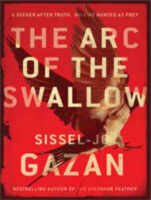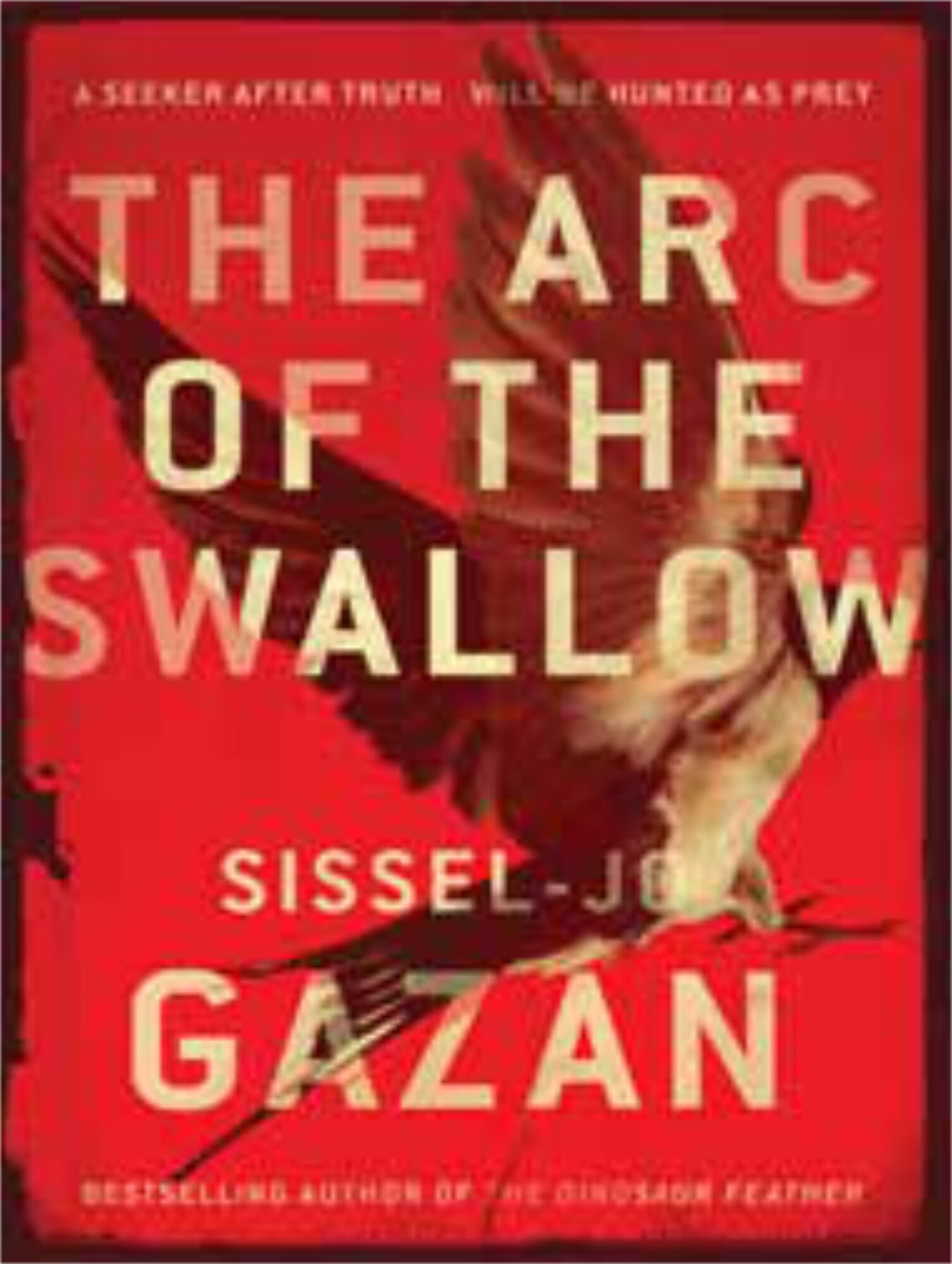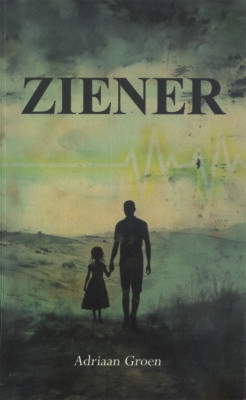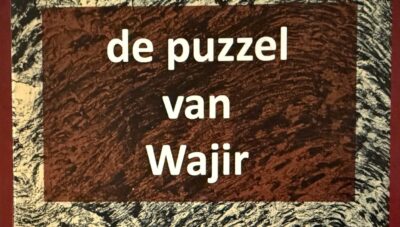Main content

Translated from Danish by Charlotte Barslund
Eminent immunologist Professor Kristian Storm is found hanging in his office at the University of Copenhagen in an apparent suicide. But the young PhD student Marie Skov doesn’t believe the professor killed himself. Already from Chapter 1 it is clear The Arc of the Swallow is no ordinary crime novel. The mystery revolves around the controversial research findings of an immunologist working in Africa and to understand the motivations of the murder the reader must follow the explanations of non-specific effects of vaccines and a description of the results of the fictitious Belem Health Project in Guinea-Bissau. Eventually Marie Skov and Deputy Chief Superintendent Soren Marhauge team up, delving deep into the world of immunology in order to get at the truth.
What makes the novel unique is that it both follows and deviates from the usual murder-mystery genre. The plot begins with what is assumed to be a suicide until the intrepid detective, aided by an amateur sleuth, uncovers a more sinister plot. As the detective duo dig deeper, they find themselves risking their jobs and their lives until they find the truth. In keeping with the genre, the book ends with a dramatic plot-reveal moment. Instead of the usual gathering of suspects in the living room – organized by a Miss Marple or a Hercule Poirot – the setting this time is the 2010 International Immunology Congress in the Netherlands. The murderer is unmasked with the help of the Dutch police, the World Health Organization and conference organisers.
You might wonder why this book was chosen in an issue focusing on nutrition and infectious disease. Although nutrition is not the focus of the book, it does play a role in the description of the biological relationships and in the climax of the murderer scene. A member of the audience is angry that the investigators are delaying an anticipated lecture about the link between nutrition and infant mortality. This remark fits within the context of the immunology conference pointing to the relationships between nutrition and immune function. Although not mentioned in this novel, vitamin A supplements may play a role in non-specific effects.
The murder is a fictional twist of course, though isn’t life sometimes stranger than fiction? At the end of the book, the author describes the real Bandim Health Project in Guinea Bissau. The murder mystery is based on the controversial findings of this project regarding non-specific effects of vaccines. The novel however is more than an account of these remarkable findings – wrapped in a detective novel. It is an interesting and enjoyable read about the real Bandim Health Project, intertwined with family matters involving the ‘detectives’ Marie and Soren.


















































